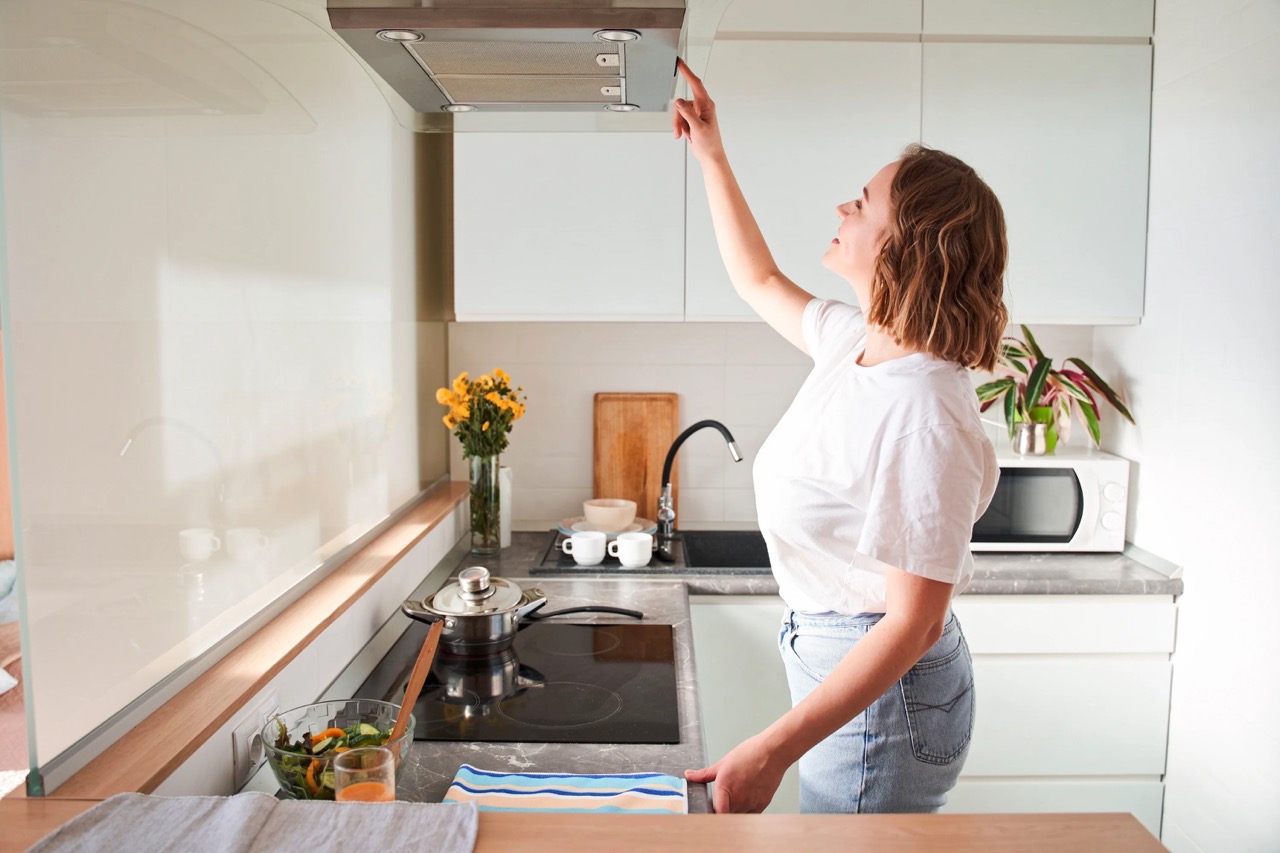

Articles
What Height Should A Range Hood Be
Modified: October 29, 2024
Learn about the ideal height for a range hood in this informative article. Find expert advice and tips on range hood installation and functionality.
(Many of the links in this article redirect to a specific reviewed product. Your purchase of these products through affiliate links helps to generate commission for Storables.com, at no extra cost. Learn more)
Introduction
In any kitchen, a range hood plays a crucial role in maintaining the air quality and removing odors, grease, smoke, and other airborne particles. It acts as a ventilation system, keeping the kitchen clean and fresh. However, one important consideration when installing a range hood is determining the right height at which it should be placed.
The height of the range hood is essential for its optimal functionality and performance. Installing the range hood at the incorrect height can result in reduced efficiency, inadequate ventilation, and even safety hazards. Therefore, it is essential to understand the factors that influence the range hood height and follow the guidelines for proper installation.
In this article, we will explore the importance of range hood height, the factors to consider when determining the height, the standard range hood height, and guidelines for proper range hood installation. Furthermore, we will discuss options like adjustable range hoods and customizing the range hood height to fit your specific kitchen needs.
By the end of this article, you will have a clear understanding of the significance of range hood height and how to ensure that your range hood is installed at the optimal height for maximum efficiency and functionality.
Key Takeaways:
- Proper range hood height is crucial for efficient ventilation, odor removal, and fire safety. Consider factors like cooktop size, ceiling height, and cooking style for optimal installation.
- Customizing range hood height allows for personalized functionality and aesthetics. Consult professionals for complex modifications and adhere to safety and building regulations.
Read more: What Is A Range Hood
Importance of Range Hood Height
Proper range hood height is crucial for its effective performance and maintaining a healthy kitchen environment. Here are some key reasons why range hood height matters:
- Smoke and Odor Removal: One of the primary functions of a range hood is to remove smoke and odors produced during cooking. Installing the range hood at the correct height ensures that it captures the smoke and odors before they spread across the kitchen. This not only keeps the air fresh but also prevents the buildup of lingering smells in your home.
- Grease and Particle Extraction: Cooking can release grease particles and other airborne contaminants that can settle on surfaces, making them harder to clean. A properly positioned range hood at the right height helps capture these particles, preventing them from settling on countertops, cabinets, and other kitchen surfaces. This reduces the need for frequent cleaning and maintenance.
- Efficient Ventilation: The range hood serves as a ventilation system, drawing in the air and expelling it outside or recirculating it through filters. Mounting the range hood at the correct height facilitates efficient air circulation, ensuring that the smoke, steam, and airborne particles are effectively removed from the cooking area. This helps in preventing the accumulation of moisture, which can lead to mold growth or damage to cabinets and walls.
- Fire Safety: Another critical aspect of range hood height is its role in fire safety. Cooking processes involving high heat or flammable substances can potentially lead to fires. A properly installed range hood at the appropriate height helps prevent flames from reaching the hood, reducing the risk of fire hazards and providing a safer cooking environment.
- Comfortable Cooking Experience: Cooking generates heat, and a range hood positioned at the optimum height helps to reduce the heat and keep the kitchen environment comfortable. It assists in dissipating the heat produced during cooking, making your culinary experience more enjoyable.
Considering these important factors, it is clear that the height at which you install your range hood directly affects its performance, your kitchen’s air quality, and your overall cooking experience. Therefore, it is essential to determine the appropriate range hood height based on various factors that influence its installation.
Factors to Consider
When determining the height at which to install your range hood, there are several factors to consider. By taking these factors into account, you can ensure that your range hood is positioned optimally for efficiency and functionality. Here are some key factors to consider:
- Cooktop Size: The size and dimensions of your cooktop play a significant role in determining the ideal range hood height. A general rule of thumb is to position the bottom of the range hood 20-24 inches above the cooktop surface. This allows for effective capture of smoke, steam, and odors while providing ample clearance for pots and pans.
- Ceiling Height: The height of your kitchen ceiling is another important consideration. For standard ceiling heights of 8-9 feet, a range hood height of 24-30 inches above the cooktop is typically recommended. However, if you have higher ceilings, you may need to adjust the installation height accordingly to maintain optimal performance.
- Cooking Style: Consider your cooking style and the types of dishes you frequently prepare. If you often cook with high heat or generate more smoke, such as when grilling or frying, you may benefit from positioning the range hood slightly lower to improve smoke capture. On the other hand, if you primarily engage in light cooking, a higher installation height may suffice.
- Personal Preference: Your personal preference and comfort level while cooking also play a role in determining the range hood height. Some individuals prefer a lower hood for better visibility and control over their cooking, while others may prefer a higher hood to maximize headroom and avoid obstruction while working in the kitchen.
- Manufacturer Recommendations: Lastly, it is crucial to consult the manufacturer’s guidelines and recommendations for your specific range hood model. Different range hood models may have specific requirements for installation height, exhaust requirements, and clearance distances from combustible surfaces. Adhering to these guidelines ensures optimal performance and safety.
By considering these factors, you can determine the most suitable height for your range hood installation. Remember, finding the right balance between capturing smoke and odors, maintaining safety, and accommodating your cooking needs will result in a well-functioning and efficient range hood in your kitchen.
Standard Range Hood Height
While the optimal range hood height can vary depending on individual factors, there are standard recommendations that can serve as a starting point for most kitchen installations. These guidelines provide a balance between effective ventilation, safety, and usability. Here are the standard recommendations for range hood height:
- Under Cabinet Range Hoods: If you have an under cabinet range hood, the recommended height is typically 18-24 inches from the cooktop surface. This distance ensures that the range hood effectively captures smoke and odors while providing sufficient clearance for cooking activities.
- Wall-Mounted Range Hoods: For wall-mounted range hoods, the general guideline is to install them 24-30 inches above the cooktop surface. This range allows for efficient capture of smoke and steam while ensuring that the hood does not interfere with your cooking process.
- Island Range Hoods: Island range hoods, which are installed over a cooking island or peninsula, require careful consideration due to their location and potential obstructions. The recommended height for island range hoods is typically 28-36 inches above the cooktop surface, taking into account the distance between the hood and the ceiling as well.
It is important to note that these are general guidelines, and you may need to adjust the height based on factors specific to your kitchen layout and personal preferences. Additionally, regulations and requirements may vary in different regions, so it is always a good idea to consult local building codes and guidelines.
Keep in mind that these standard range hood height recommendations are a starting point, and you may need to fine-tune the height based on the factors mentioned earlier. Finding the right range hood height that suits your specific needs will ensure optimal ventilation, safety, and comfort in your kitchen.
The ideal height for a range hood is 24-30 inches above the cooking surface for electric cooktops and 30-36 inches for gas cooktops. This ensures effective capture of cooking fumes and grease.
Guidelines for Proper Range Hood Height
Installing a range hood at the proper height is essential to maximize its effectiveness and ensure optimal performance. Here are some guidelines to follow when determining the height at which to install your range hood:
- Refer to Manufacturer’s Instructions: The first and foremost step is to consult the manufacturer’s instructions and guidelines for your specific range hood model. Each model may have specific recommendations regarding installation height, clearance distances, and ventilation requirements. It is important to follow these instructions to ensure proper functionality and warranty compliance.
- Consider Local Building Codes: Research and understand the local building codes and regulations in your area regarding range hood installation. These codes may specify minimum and maximum installation heights, ventilation requirements, and other safety guidelines. Adhering to these codes will ensure that your range hood installation is compliant and safe.
- Measure the Cooktop Surface: Measure the height of your cooktop surface from the floor or countertop. This measurement will serve as a starting point when determining the range hood height. As a general rule, the bottom of the range hood should be positioned 20-24 inches above the cooktop surface for optimal capture of smoke, steam, and odors.
- Consider Ceiling Height: Take into account the height of your kitchen ceiling when determining the range hood height. For standard ceiling heights of 8-9 feet, the recommended range hood height is typically 24-30 inches above the cooktop surface. However, adjust the height accordingly if you have higher or lower ceilings.
- Test for Adequate Capture: Perform a simple smoke test after installing the range hood to ensure that it is effectively capturing the smoke and odors. Light a candle or incense stick near the cooktop and observe if the range hood efficiently pulls in the smoke. If the smoke is being properly captured, it indicates that the height and positioning of the range hood are appropriate. If not, adjustments may be needed.
It is important to remember that these guidelines are not definitive rules, and adjustments may be necessary based on factors such as cooking style, personal preference, and ventilation requirements. The goal is to find the balance that optimizes the range hood’s performance, safety, and usability in your specific kitchen environment.
When in doubt, it is always advisable to consult a professional installer or seek guidance from experts in the field to ensure that your range hood is installed at the proper height for maximum efficiency and functionality.
Installing an Adjustable Range Hood
If you are unsure about the ideal height for your range hood or if you anticipate changes in your kitchen setup in the future, consider installing an adjustable range hood. An adjustable range hood offers flexibility in terms of height and positioning, allowing you to customize it based on your specific needs. Here are some steps to follow when installing an adjustable range hood:
- Read the Manufacturer’s Instructions: Start by carefully reading and understanding the manufacturer’s instructions that accompany the adjustable range hood. These instructions will guide you through the installation process and provide specific guidelines for adjusting the height of the hood.
- Prepare the Installation Area: Clear the area where the range hood will be installed. Ensure that there is enough space above the cooktop for adjusting the hood height as needed. Remove any existing range hood or overhead cabinets that may obstruct the movement or positioning of the adjustable range hood.
- Mount the Range Hood: Follow the manufacturer’s guidelines to securely mount the adjustable range hood to the wall or ceiling. Use appropriate mounting hardware and ensure that it is firmly attached to provide stability and support.
- Adjust the Height: Once the range hood is securely mounted, you can adjust its height according to your preference and requirements. Most adjustable range hoods offer a variety of height settings that can be easily changed by following the instructions provided. Carefully follow the steps to raise or lower the hood to the desired height.
- Secure in Position: Once you have adjusted the height, make sure to secure the range hood in its new position. This may involve tightening screws or latches to ensure that the hood remains stable and does not move or wobble during operation.
- Test the Hood: After installation and height adjustment, test the adjustable range hood to ensure that it functions properly. Turn on the fan and check if the hood effectively captures smoke, odors, and other airborne particles from the cooking area. Make any necessary further adjustments to the height if the performance is not satisfactory.
By installing an adjustable range hood, you gain the flexibility to modify the height as needed, whether it’s to accommodate different cooktop heights, adjust for personal comfort, or adapt to any future changes in your kitchen design. Just remember to carefully follow the manufacturer’s instructions and take the necessary safety precautions during the installation process.
Customizing Range Hood Height
In some cases, a standard range hood or adjustable range hood might not be suitable for your specific kitchen setup or preferences. Customizing the range hood height allows you to tailor the installation to meet your unique needs. Here are some options for customizing the range hood height:
- Building a Custom Enclosure: If you have specific height requirements or design preferences, you can fabricate a custom enclosure for your range hood. This involves constructing a customized structure that accommodates the range hood at the desired height. By building a custom enclosure, you can achieve a seamless integration of the range hood into your kitchen design while ensuring it is positioned at the optimal height.
- Extending or Shortening the Chimney: Range hoods with chimney-style designs often come with adjustable chimneys that can be extended or shortened to fit different ceiling heights. By modifying the length of the chimney, you can adjust the overall height of the range hood. This is particularly useful when dealing with high or low ceilings that do not align with the standard range hood installation guidelines.
- Using Range Hood Extensions: Range hood extensions are accessories that can be added to existing range hoods to extend their height. These extensions are typically available in various sizes and can provide the extra height needed for installations in kitchens with higher ceilings. By utilizing extensions, you can ensure that the range hood is positioned at the appropriate height for optimal ventilation and aesthetic appeal.
- Consulting with a Professional: If you are unsure about customizing the range hood height yourself, or if you have complex requirements, it is best to consult with a professional installer or a kitchen designer. They can assess your kitchen layout, understand your specific needs, and provide expert guidance on customizing the range hood height to achieve the desired outcome.
When customizing the range hood height, it is important to consider safety, adequate ventilation, and any relevant building codes and regulations. It is advisable to seek professional assistance if you are uncertain about the process or if it involves complex modifications.
Customizing the range hood height allows you to achieve the perfect balance between functionality, aesthetics, and personal preferences. By tailoring the installation to your specific kitchen requirements, you can create a customized range hood setup that enhances the overall functionality and style of your kitchen.
Conclusion
Choosing the right height for your range hood is essential for optimal performance, effective ventilation, and a comfortable cooking environment. Whether you opt for a standard range hood, an adjustable range hood, or customize the installation to your specific needs, proper range hood height ensures the removal of smoke, odors, and airborne particles generated during cooking.
Throughout this article, we have highlighted the importance of range hood height and discussed key factors to consider when determining the ideal height. We explored guidelines for proper range hood height based on different types of range hoods and general recommendations. Additionally, we provided insights into installing an adjustable range hood and customizing the height to suit individual requirements.
It’s crucial to remember that while there are standard guidelines, personal preference, cooking style, and kitchen layout play significant roles in determining the perfect range hood height for your specific situation. Taking into account factors such as cooktop size, ceiling height, manufacturer recommendations, and local building codes will help guide you in making informed decisions.
By installing the range hood at the correct height, you can ensure efficient smoke and odor removal, reduce the likelihood of fire hazards, and maintain a comfortable and clean kitchen environment. Adequate ventilation and proper range hood placement also contribute to the longevity of your kitchen surfaces and appliances by preventing the buildup of grease, moisture, and other particles.
If you find yourself unsure about the installation process or require assistance, it is always beneficial to seek the guidance of professionals. They can provide expert advice and ensure that your range hood is installed correctly and functions optimally.
In conclusion, take the time to carefully plan and consider the height of your range hood during installation. By doing so, you will achieve an efficient and effective ventilation system that enhances your cooking experience and contributes to a healthier and more enjoyable kitchen environment.
Frequently Asked Questions about What Height Should A Range Hood Be
Was this page helpful?
At Storables.com, we guarantee accurate and reliable information. Our content, validated by Expert Board Contributors, is crafted following stringent Editorial Policies. We're committed to providing you with well-researched, expert-backed insights for all your informational needs.
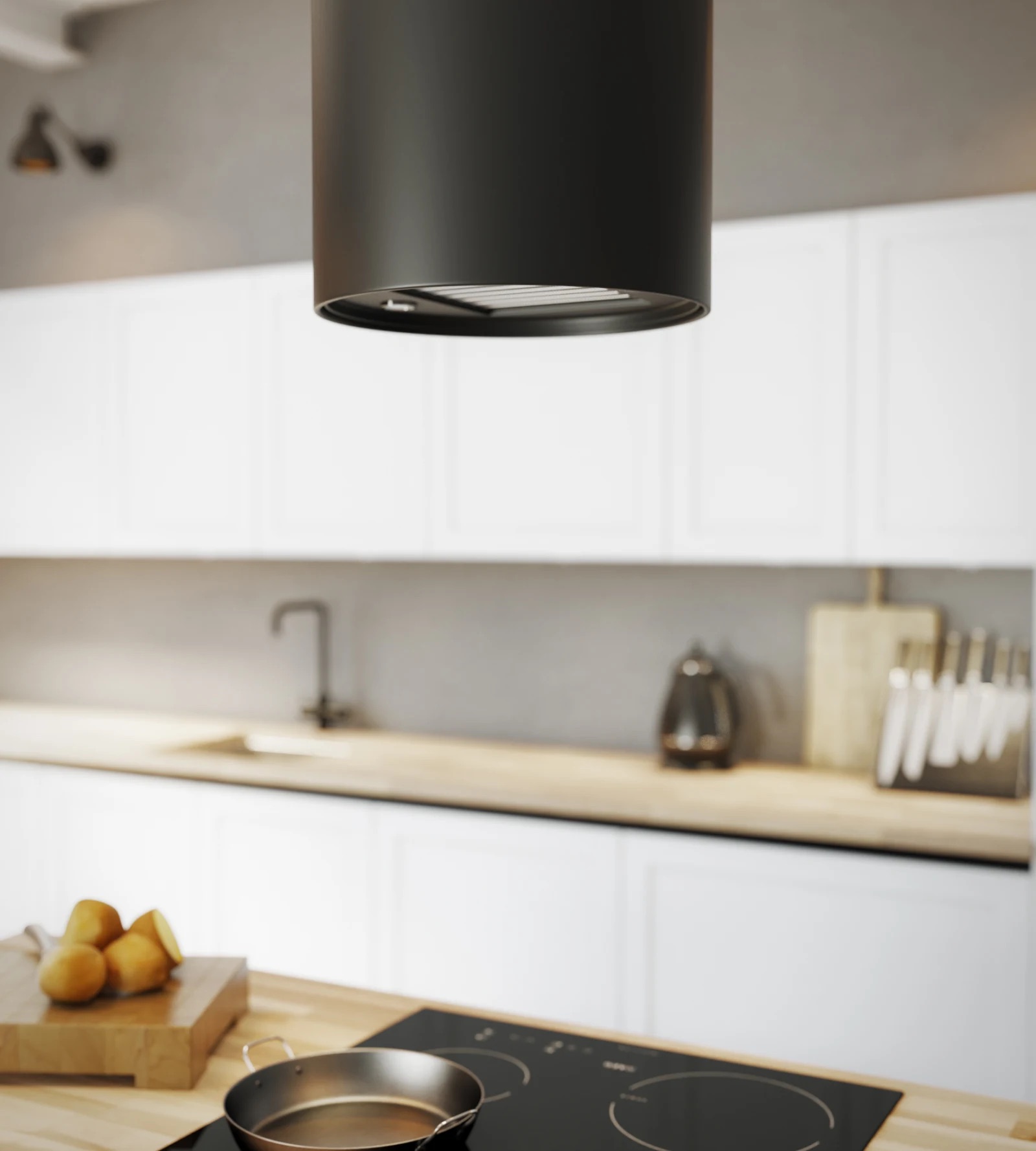

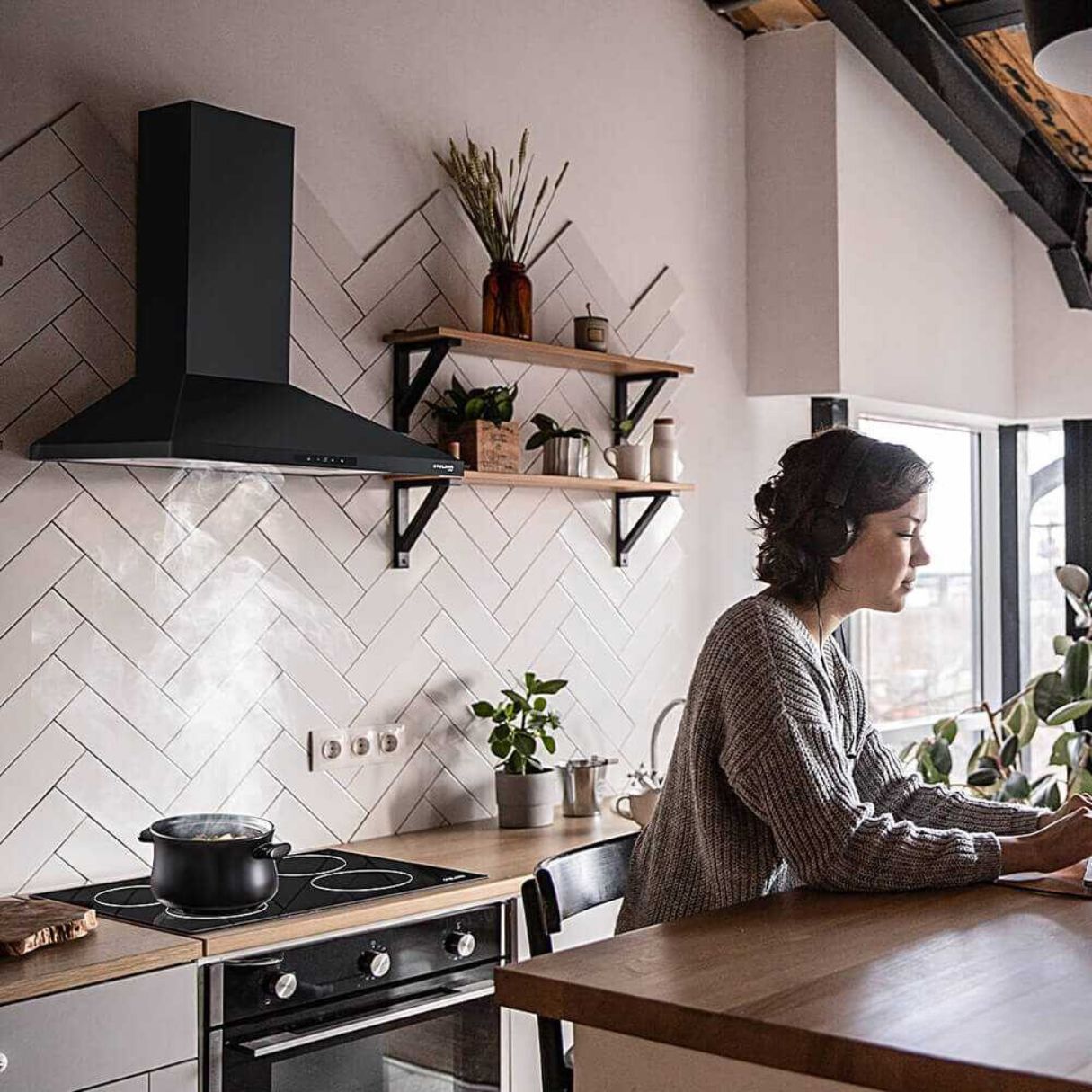
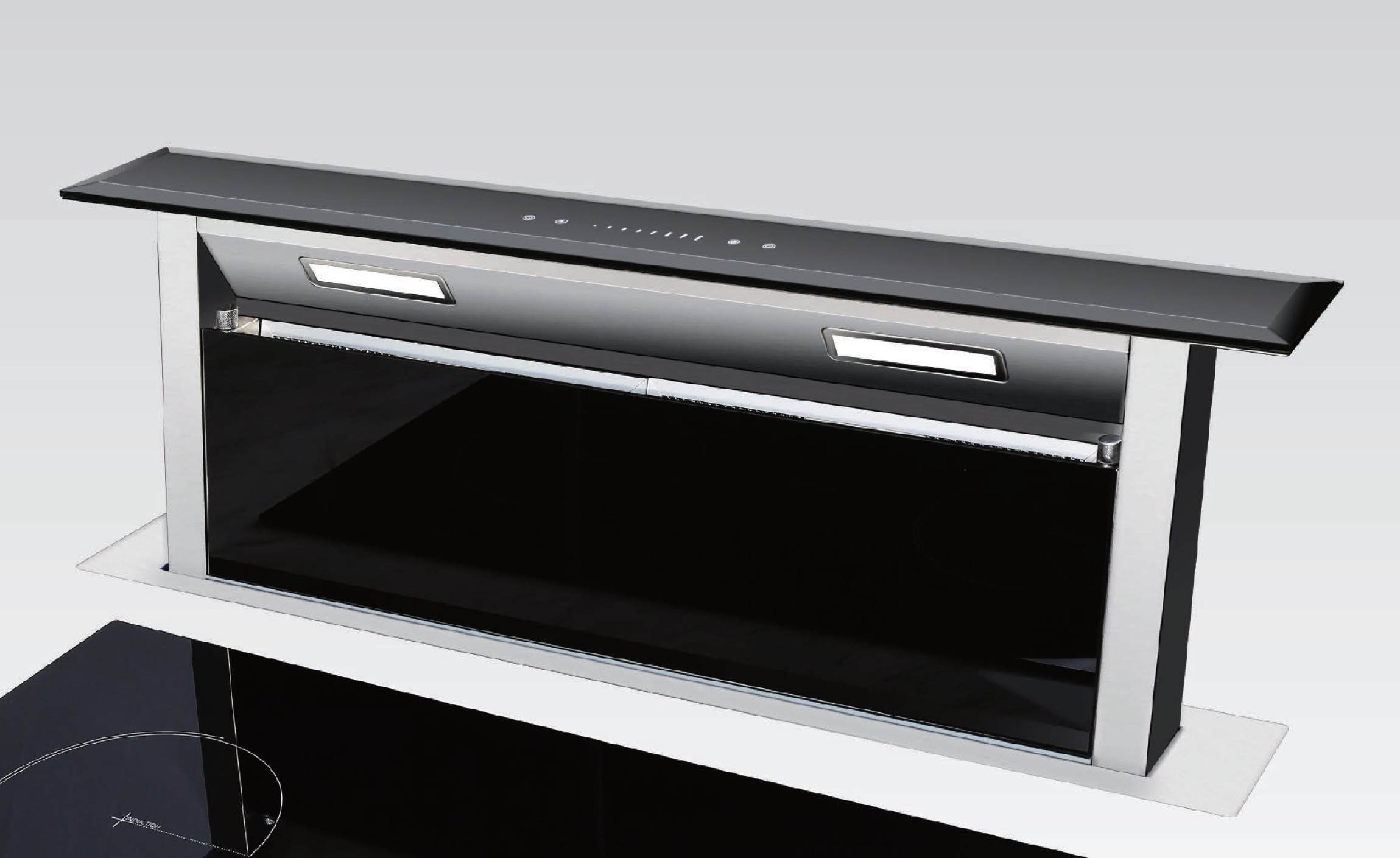

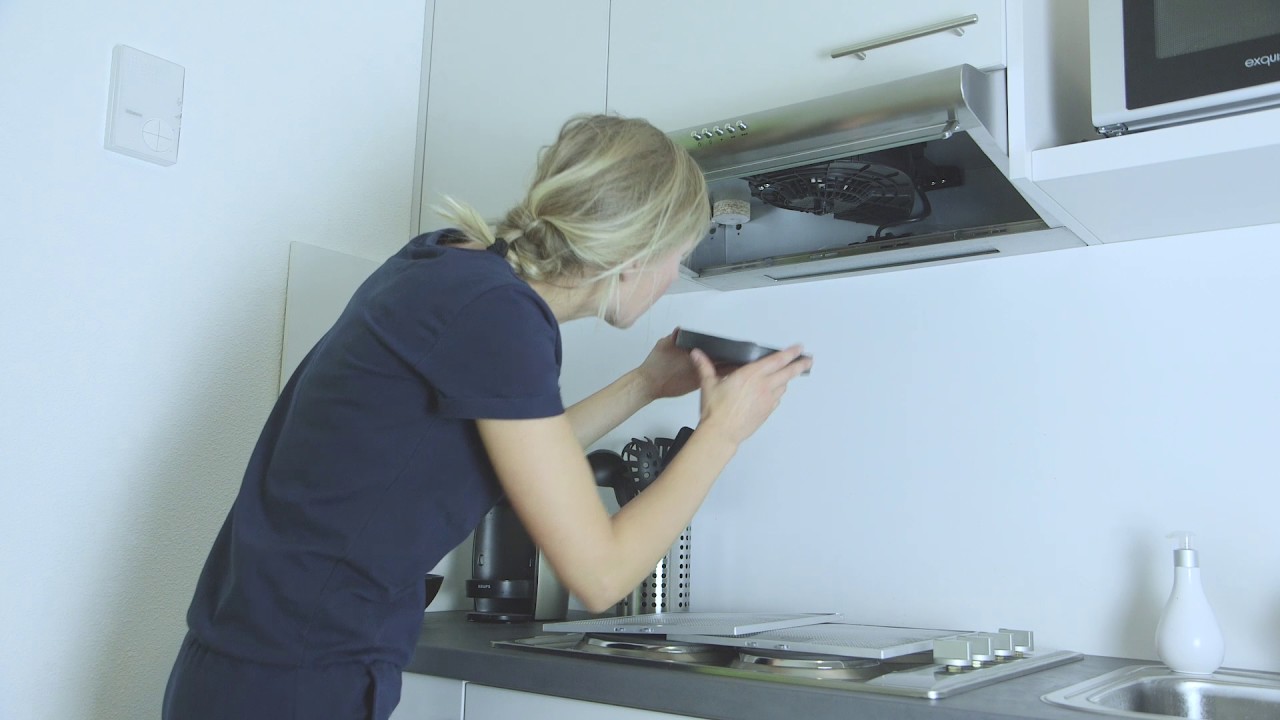
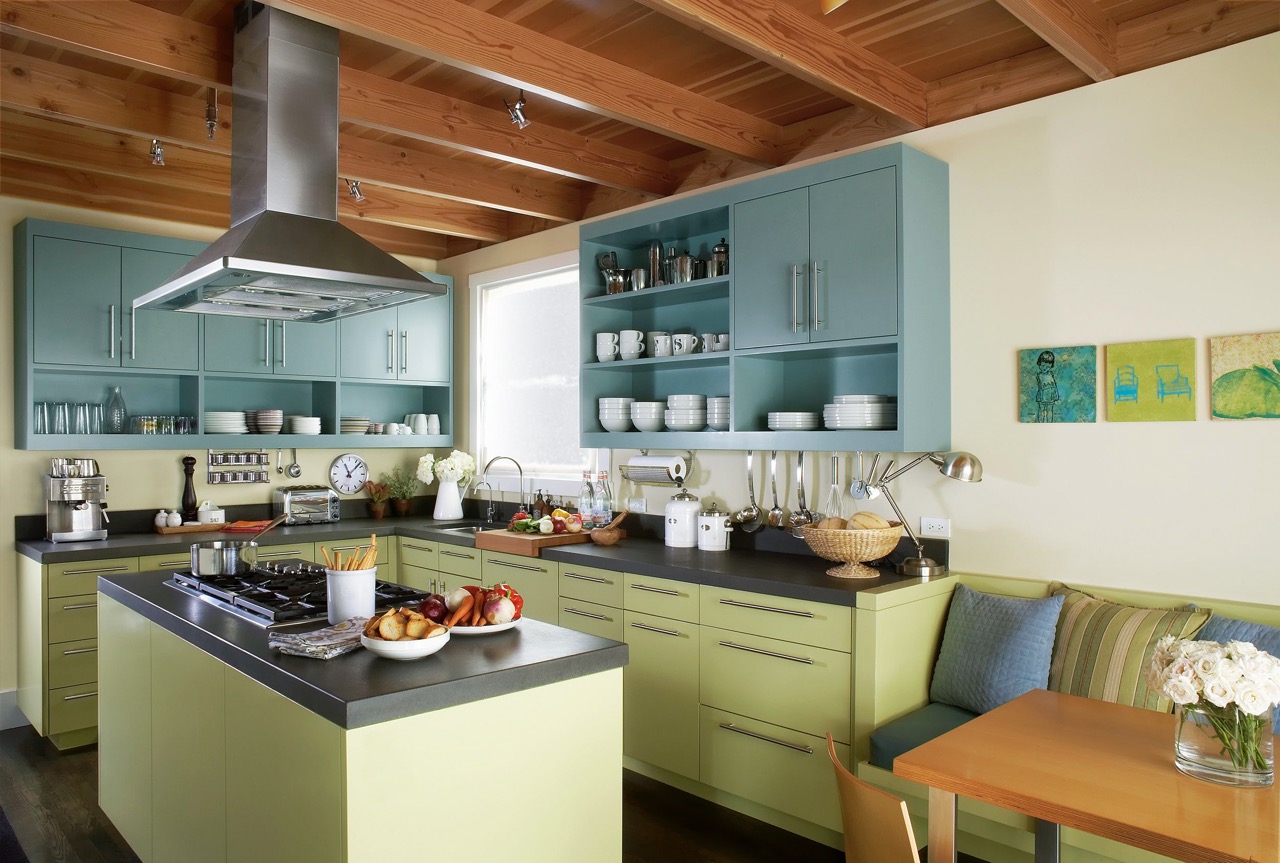
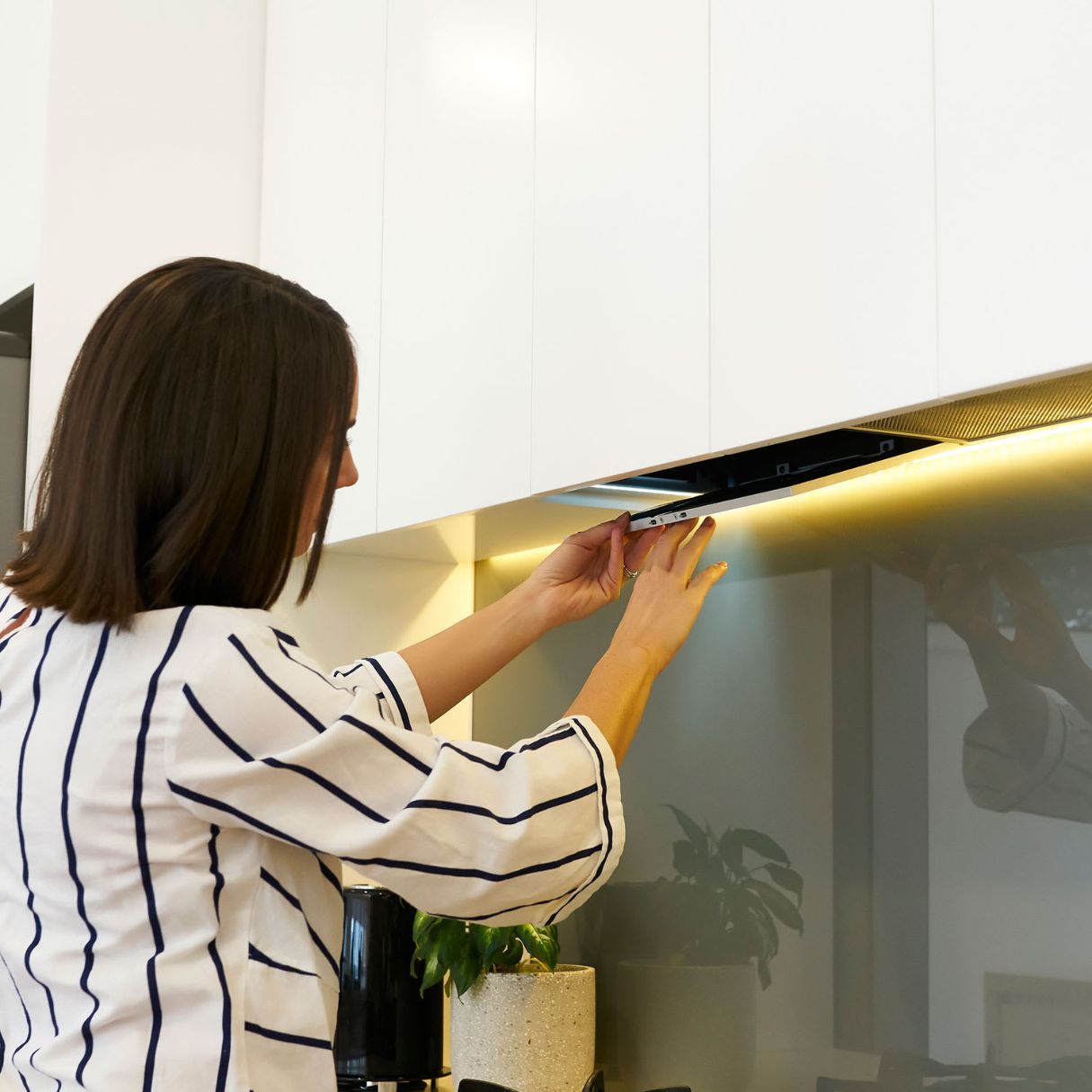
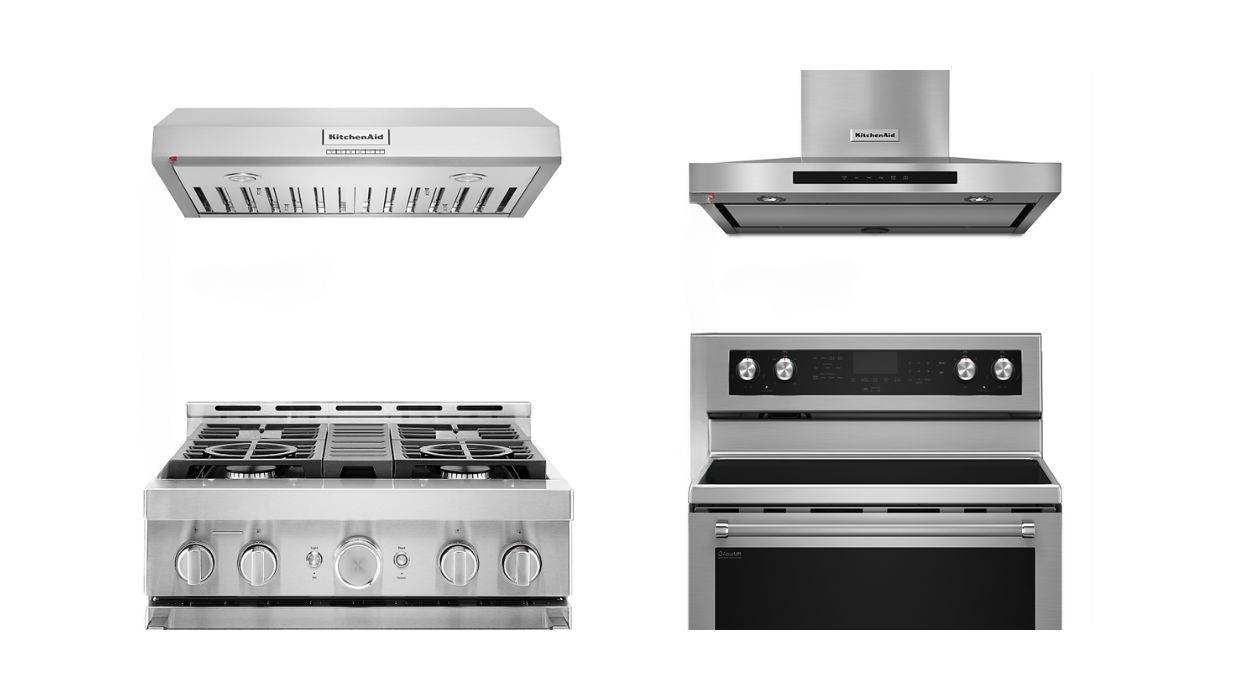
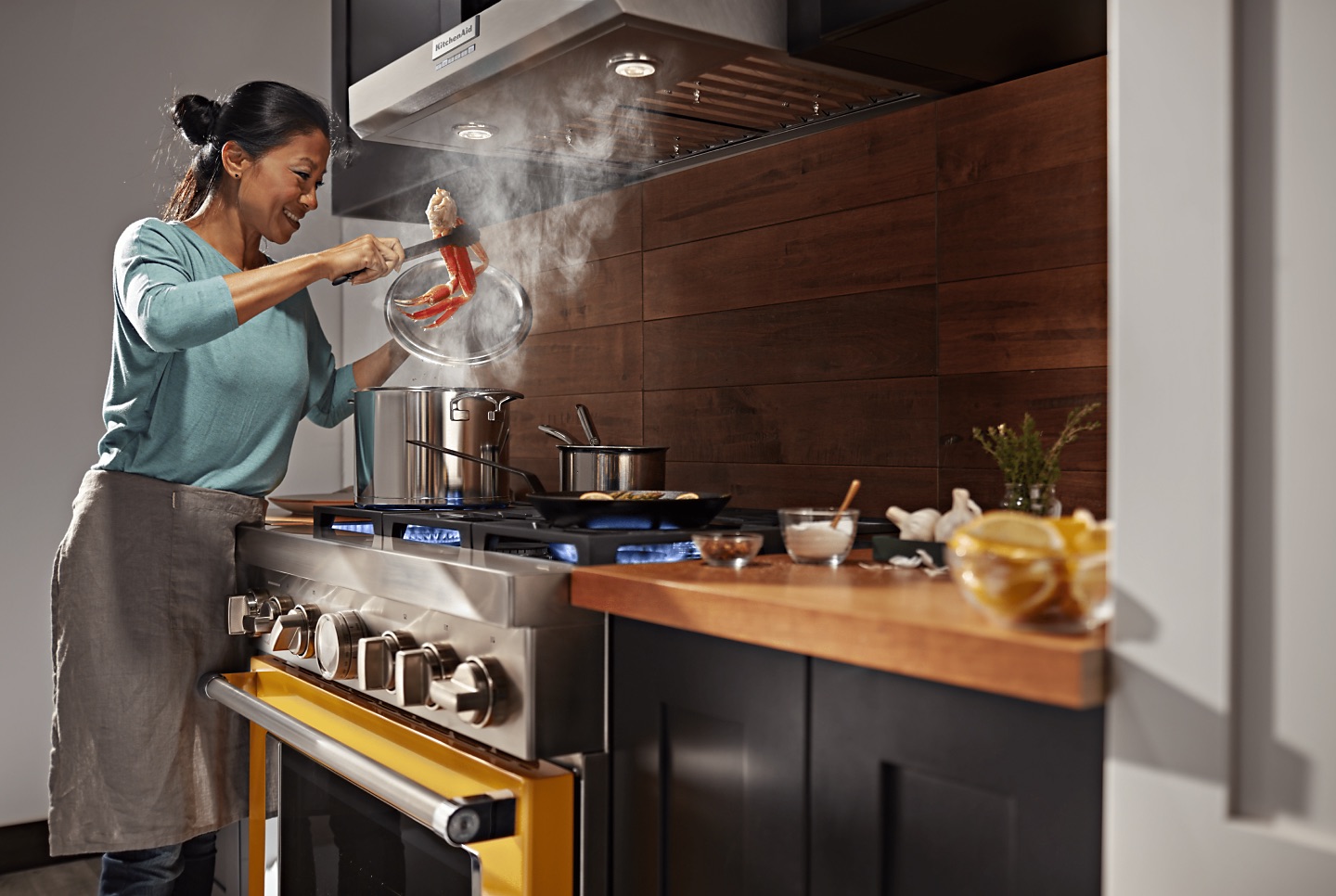
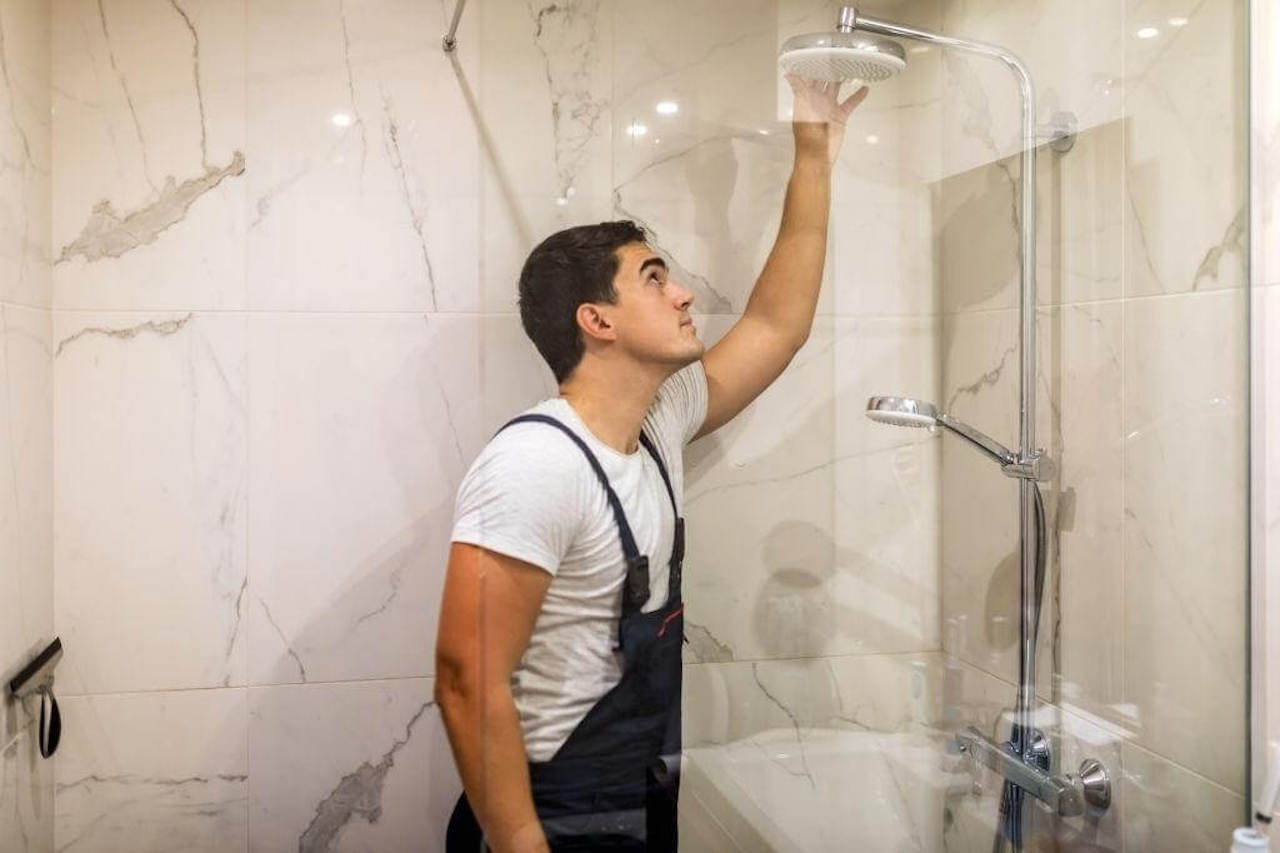
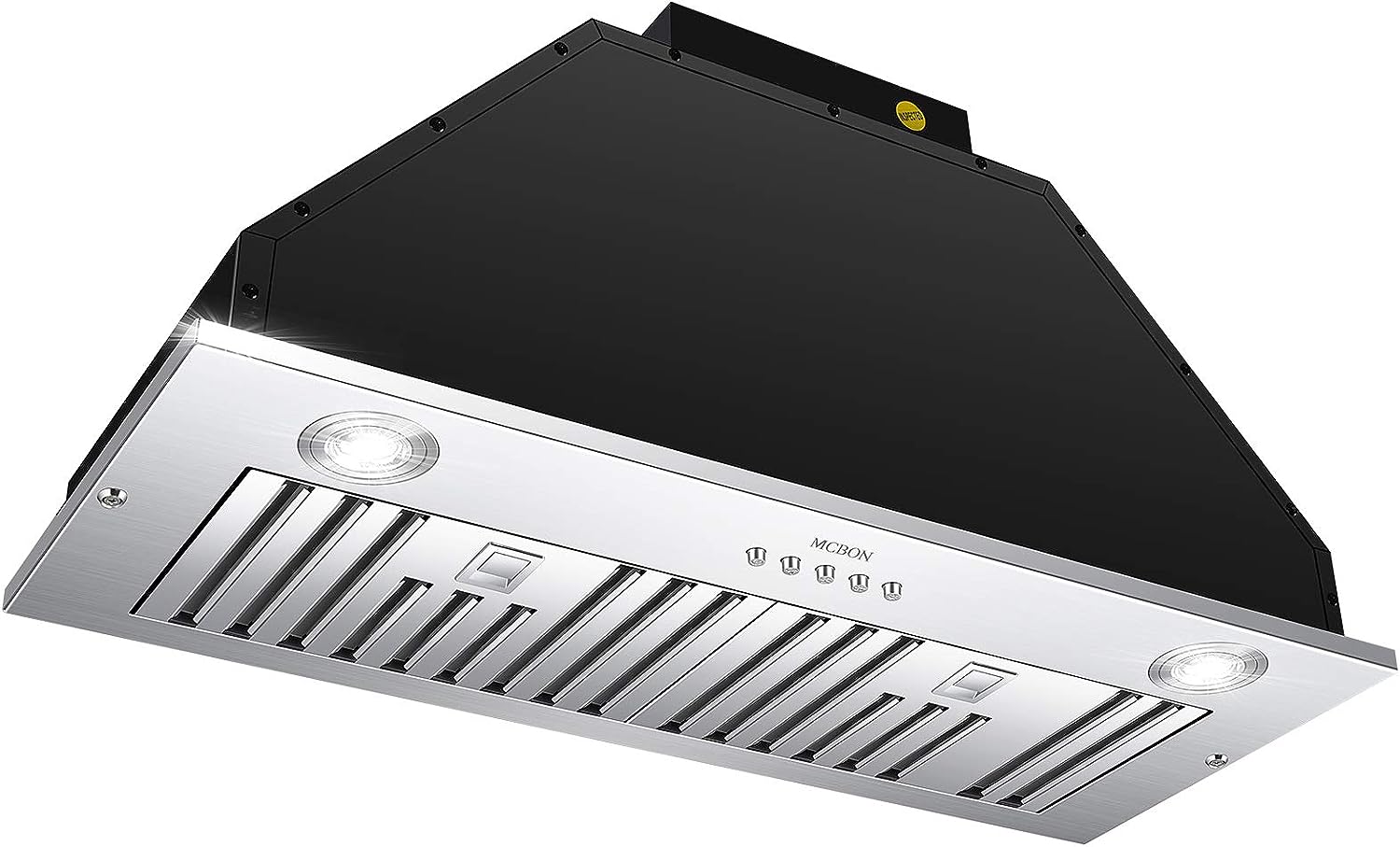
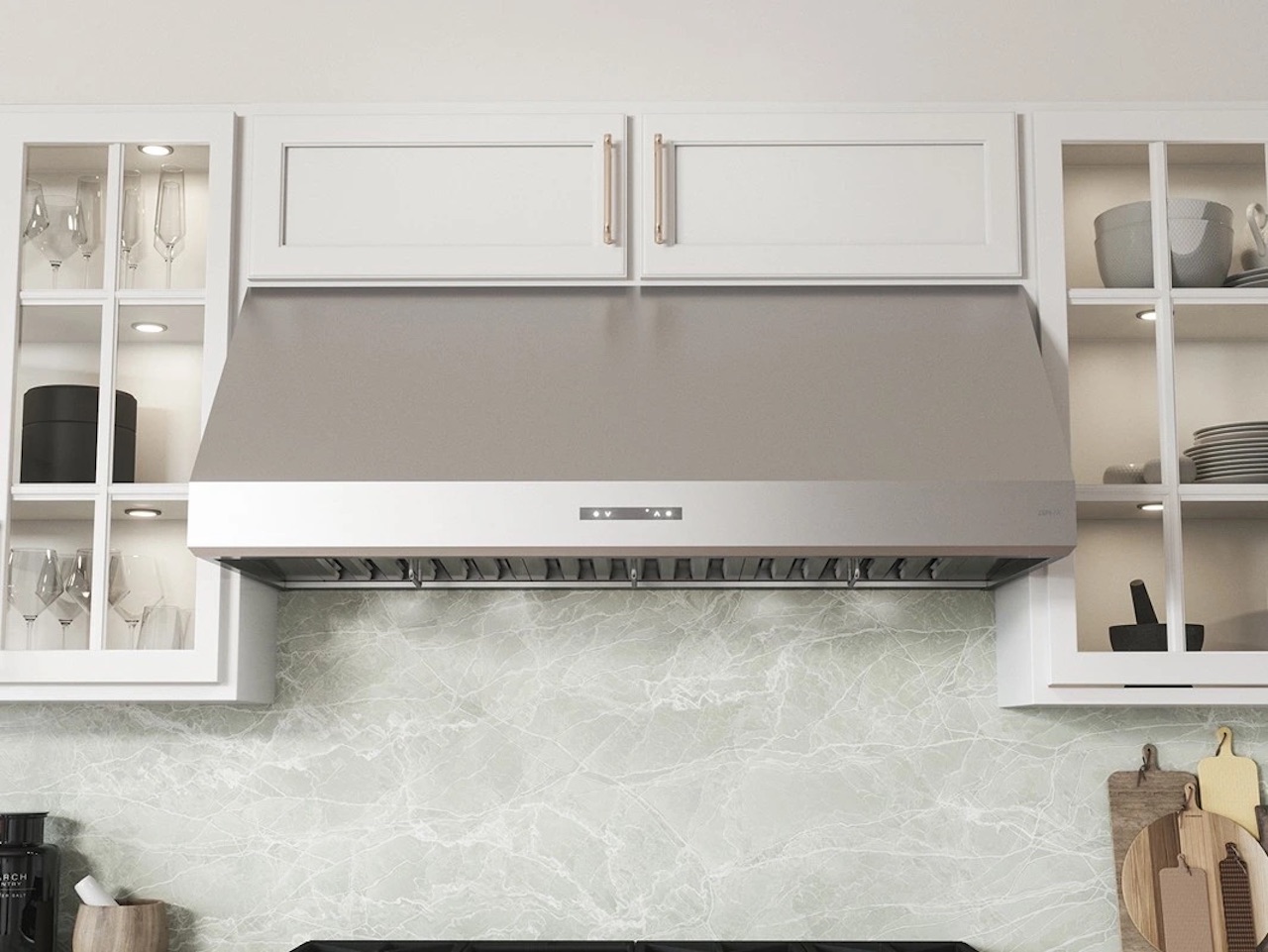
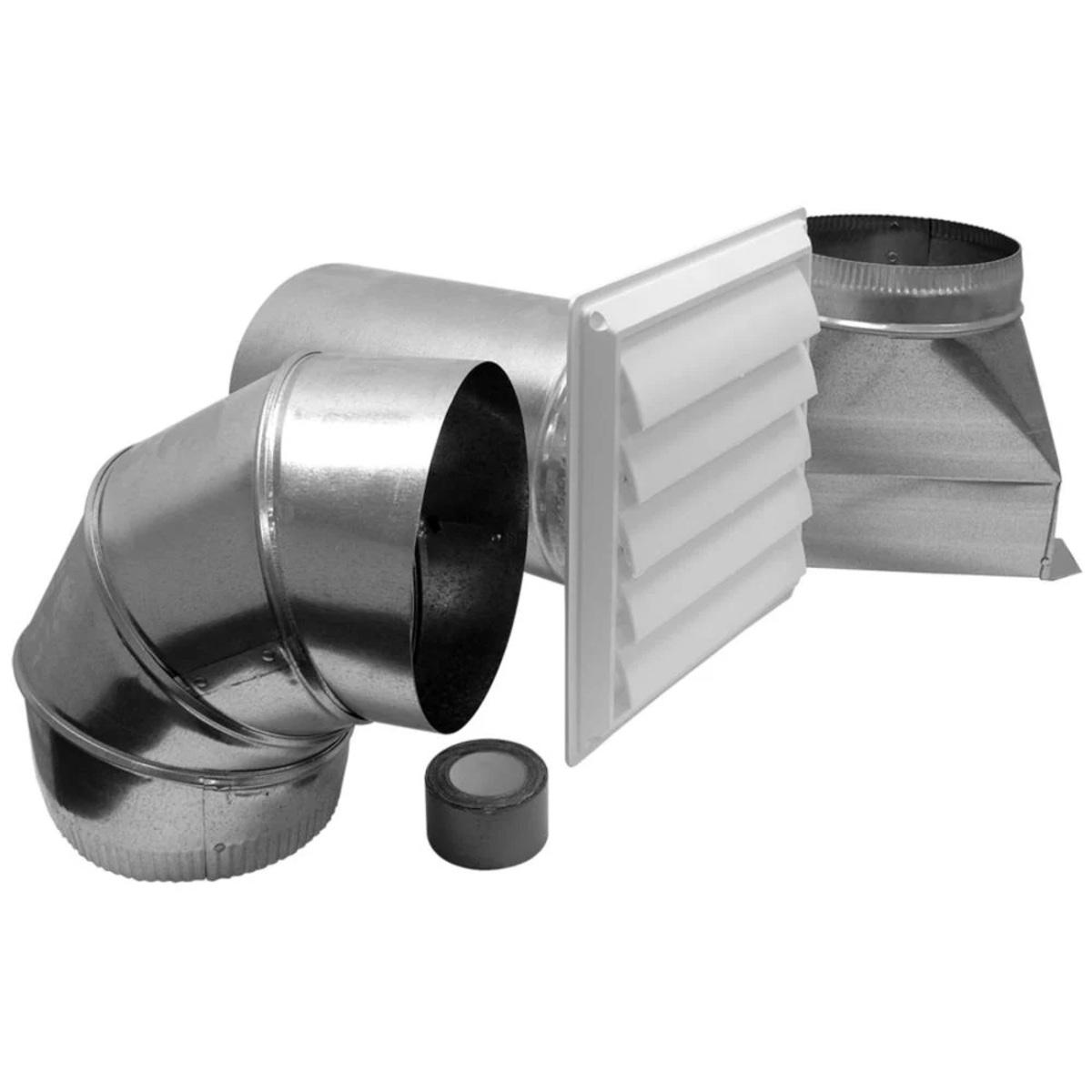

0 thoughts on “What Height Should A Range Hood Be”